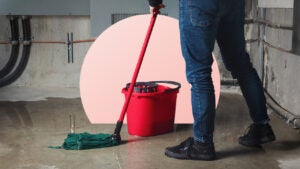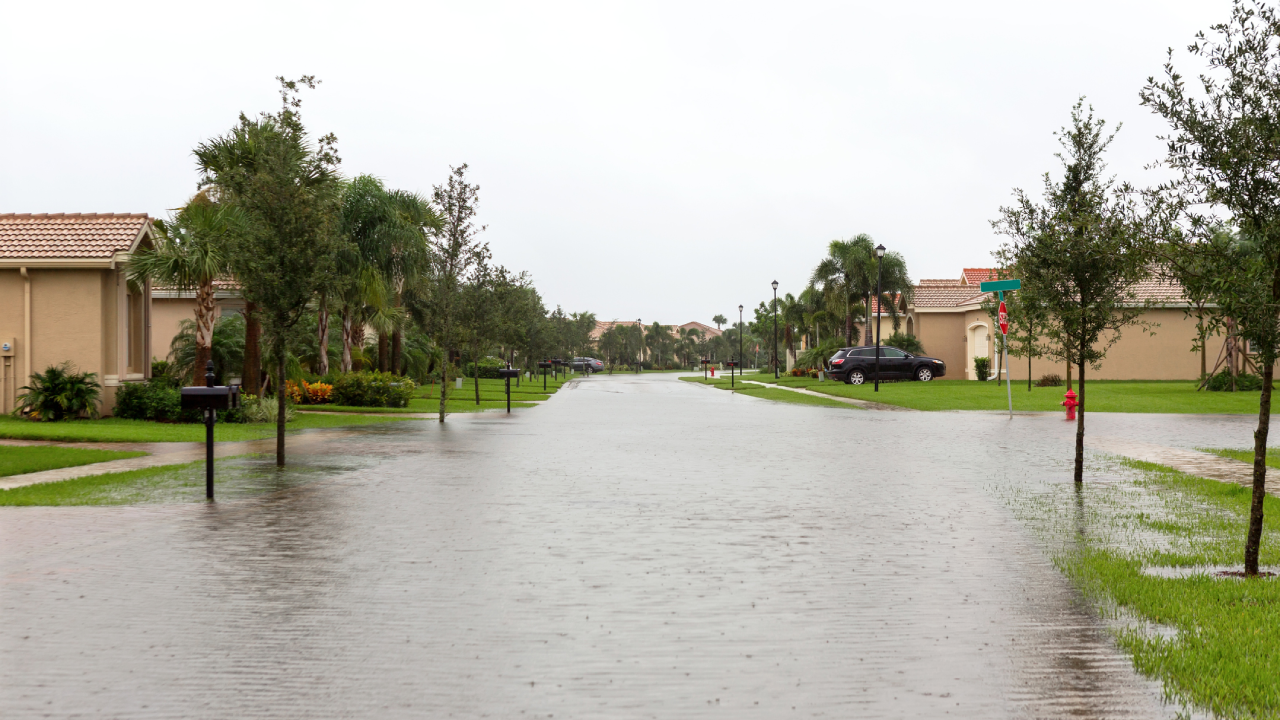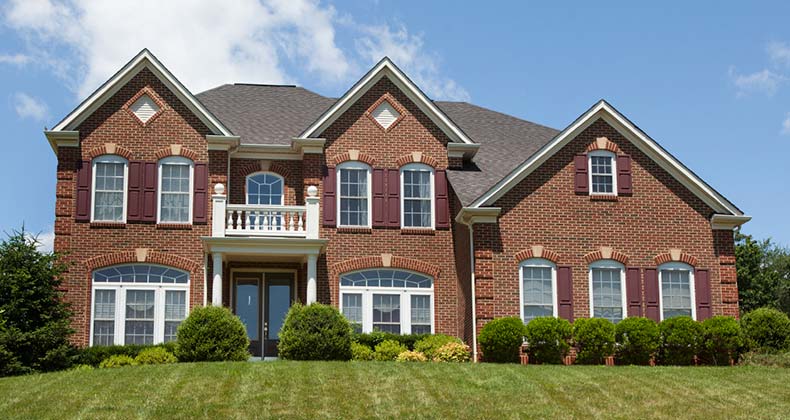Undisclosed flood history can swamp homebuyers in unexpected costs

Key takeaways
- Buying a previously flooded home likely will cost owners an average $56,452 in flood damage over the life of a 30-year mortgage.
- Homes that have flooded in the past are likely to flood again, according to the Natural Resources Defense Council.
- Almost half of U.S. states have inadequate or non-existent flooding disclosure laws.
Jackie Jones bought her house in a small town in Georgia seven years ago. Since then, every time there is heavy rain that lasts more than a day, she feels anxious.
The property has a history of flooding — a fact the owner wasn’t required to disclose before selling to Jones. There’s no federal law requiring home sellers to tell buyers about flooding history, and while some states have flooding disclosure laws, Georgia is a state that doesn’t require it.
“I never would have bought this house if I had known about the flooding,” says Jones, 62. “I found out later that the people who have lived in town a long time knew about it, but the seller didn’t tell me.”
More than a dozen U.S. states have no flooding disclosure law, and more than half a dozen more have inadequate disclosure requirements, according to the Natural Resources Defense Council (NRDC).
In a scorecard issued by NRDC in January, only eight states received an “A,” indicating the best flooding disclosure laws. Texas, South Carolina and North Carolina were among them. One state — Tennessee — got a “B,” and 18 states, including Michigan, Ohio and Pennsylvania, got a “C,” indicating adequate disclosure laws.
The rest received “Ds” for having inadequate flooding disclosures or “Fs” for having no disclosure requirements.
The cost of buying a home with a flooding history
Buying a home with a flooding history will cost an average of $56,452 in flood damage over the life of a 30-year mortgage, according to a study from Milliman that was commissioned by NRDC. The average is more than double that amount for high-cost states like Connecticut and Massachusetts, where construction materials and labor cost more.
Damage from flooding isn’t covered by standard home insurance policies. Flood policies must be added as an endorsement or purchased separately. That means homeowners without flood insurance likely are paying out of pocket for the extra cost.
Floods are costly, and homes that experienced flooding in the past are likely to flood again. When you’re about to make the biggest purchase of your life — your home — you need to know about any flood history.
— Joel Scata Senior Attorney, NRDC
Buyers who know a home has a history of flooding can protect themselves by purchasing a flood insurance policy, he says. They also can make informed decisions about maintaining or improving their property, such as elevating a furnace off the ground when it’s time to replace it or deciding not to put their money into finishing a basement that might flood.
Does home insurance cover flooding?
Most Americans don’t realize that insurance coverage for flooding requires the purchase of an add-on policy. About 56 percent of respondents in a survey last year were unaware that flooding is excluded from standard homeowners insurance policies, according to Trusted Choice, a group representing members of the Independent Insurance Agents & Brokers of America.
Only 4 percent of homeowners in the U.S. have flood insurance, and many of those policyholders were required to buy the coverage because their home is located in a designated high-risk flood zone where the terms of their mortgage require it, according to the Millman report.
“Homeowners often believe that, if they are not forced to buy flood insurance, then they do not have flood risk,” the Millman report said. “Flooding and increases in flood risk due to climate change represent a major potential exposure to homeowners and lenders.”
Most homeowners who buy flood insurance get policies from the National Flood Insurance Program, backed by the federal government. The national average annual cost for NFIP policies was $870 in 2024. Premiums are based on risk, so homeowners who live in low-risk areas will pay less than policyholders who live in designated flood zones.
Flooding outside of flood zones
In 2024, most flooding disasters, including Hurricane Helene, featured “extreme rain,” meaning rainfall that can drop more than a month’s worth of precipitation in the course of a few hours. A warming planet — last year, scientists measured a record high in the earth’s temperature — causes more vapor to enter the atmosphere, super-charging the rain cycle with more precipitation.
The frequency of these heavy downpours is increasing nationally, according to scientists from the U.S. Global Change Research Program. When rain falls at a faster pace than the ground can absorb, it causes flooding, often far from the ocean or any body of water.
About 40 percent of flood insurance claims are for homes outside of flood zones, according to the Federal Emergency Management Agency.
“Climate change is expected to increase flooding due to higher sea levels and more extreme rainstorms,” says Scata.
How to prevent flooding in homes
While flood insurance will help protect you financially, there are other measures that may mitigate or prevent flood damage. They may not make a difference in a catastrophic flood, but they could prevent losses in less extreme situations.
The easiest measures include standard home maintenance, such as making sure gutters are clear and downspouts direct water away from foundations.
Other mitigation projects could include installing a sump pump with a backup battery in case a storm knocks out your power, installing drainage around the home foundation and changing the grading of the yard to direct water away from the home.
Homeowners also can elevate utilities such as air conditioning units and furnaces or relocate them to a higher floor of the house. If they have a basement, they can seal and waterproof the foundation. In extreme cases, owners may decide to elevate an entire home so it’s above flood level.
In Georgia, Jones had a hydrology study done and is now contemplating a project to backfill her property with dirt to change the grading of her yard and direct water away from her house. It could cost as much as $50,000, she says, an estimate that doesn’t include taking down and replacing her fence.
“Whatever I do is going to cost me a whole bunch of money,” says Jones.
Why we ask for feedback Your feedback helps us improve our content and services. It takes less than a minute to complete.
Your responses are anonymous and will only be used for improving our website.
You may also like

Can lawmakers save the collapsing Florida home insurance market?

Does homeowners insurance cover basement flooding?

Florida flooding focuses attention on uninsured Americans



